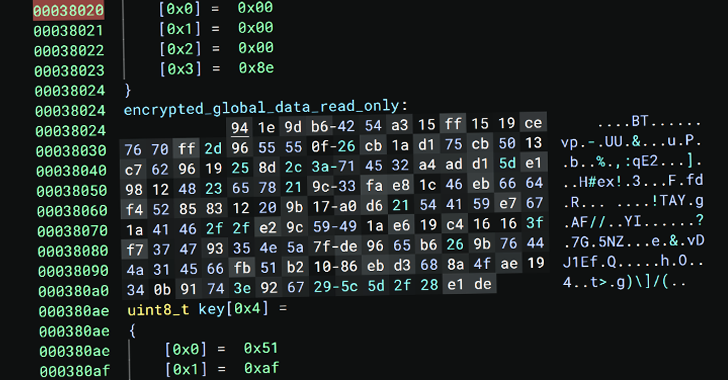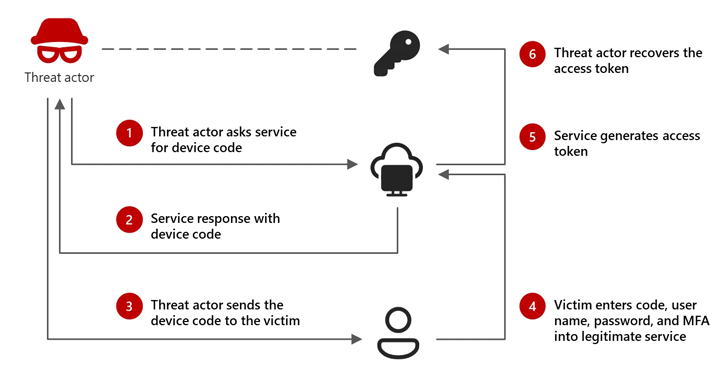[ad_1]
The difference between a conventional model and a reasoning one is similar to the two types of thinking described by the Nobel-prize-winning economist Michael Kahneman in his 2011 book Thinking Fast and Slow: fast and instinctive System-1 thinking and slower more deliberative System-2 thinking.
The kind of model that made ChatGPT possible, known as a large language model or LLM, produces instantaneous responses to a prompt by querying a large neural network. These outputs can be strikingly clever and coherent but may fail to answer questions that require step-by-step reasoning, including simple arithmetic.
An LLM can be forced to mimic deliberative reasoning if it is instructed to come up with a plan that it must then follow. This trick is not always reliable, however, and models typically struggle to solve problems that require extensive, careful planning. OpenAI, Google, and now Anthropic are all using a machine learning method known as reinforcement learning to get their latest models to learn to generate reasoning that points toward correct answers. This requires gathering additional training data from humans on solving specific problems.
Penn says that Claude’s reasoning mode received additional data on business applications including writing and fixing code, using computers, and answering complex legal questions. “The things that we made improvements on are … technical subjects or subjects which require long reasoning,” Penn says. “What we have from our customers is a lot of interest in deploying our models into their actual workloads.”
Anthropic says that Claude 3.7 is especially good at solving coding problems that require step-by-step reasoning, outscoring OpenAI’s o1 on some benchmarks like SWE-bench. The company is today releasing a new tool, called Claude Code, specifically designed for this kind of AI-assisted coding.
“The model is already good at coding,” Penn says. But “additional thinking would be good for cases that might require very complex planning—say you’re looking at an extremely large code base for a company.”
[ad_2]
Source link




















